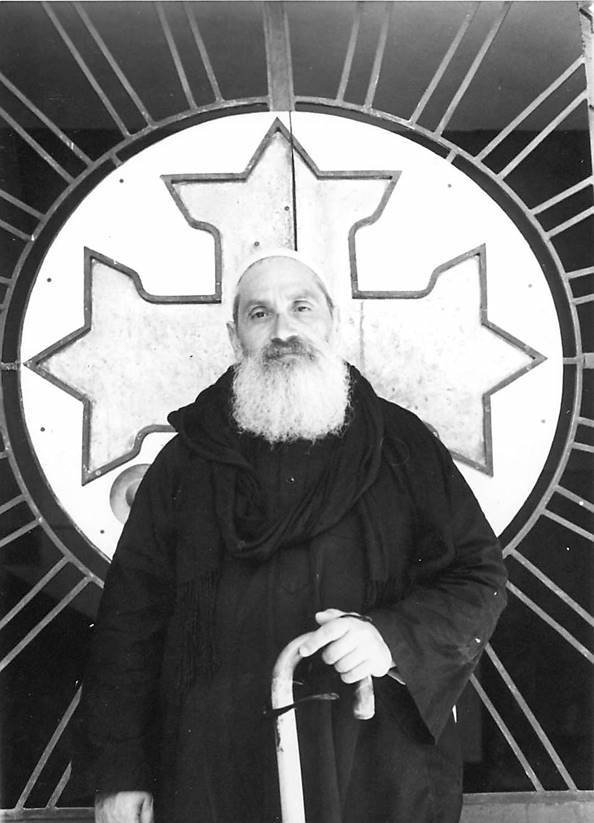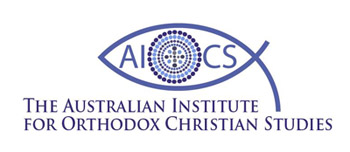 Father Matta al-Miskīn’s Commentary on Saint John’s Gospel (Introductory Volume)
Father Matta al-Miskīn’s Commentary on Saint John’s Gospel (Introductory Volume)
Thematic Considerations
6 (Eternal) Life
by Wagdy Samir
In the previous articles, I summarised Father Matta’s view of light and glory in Saint John’s Gospel as two dimensions of truth and witnessing, ultimately leading to either life (eternal) or judgement (if one rejects eternal life). In this article, I consider his take on life.
Father Matta highlights that the word life in Scripture, especially the New Testament, signifies immortal life. This is because “life is particular to God, whose name is ‘the living God.’” Therefore, “true life is the life we gain now on account of what is after death, […] our salvation.” Eternal life is inherited (Mark 10:17), received (Mark 10:30), and entered into (Mark 9:43). It is experienced in the present life according to the “living hope that we live by faith through the power of Christ’s resurrection, as an inheritance kept for us in heaven.” However, the full extent of eternal life revealed here on earth is “hidden with Christ in God” (Colossians 3:3). Thus, for Saint Paul, eternal life includes both the future and the present.
Father Matta posits that while for Saint Paul eternal life is found in the risen Christ, Saint John followed the path of eternal life in Christ before and during the incarnation, including his death. Christ, the eternal Word of God “is life and has life in his being” (see John 1:4; 5:26; 6:57; 1 John 1:1-2; 5:11-12, 20). Christ is life (John 14:6; 11:25), the bread of life (John 6:51), the living water (John 7:38), and the light of life (John 1:4).
Saint John, according to Father Matta, “breaks into the future and conjures from it the last hour, rendering it the hour of the present,” since to proclaim Christ includes the present and the future at once. It is now that sinners repent and accept eternal life. This is because eternal life in Saint John’s Gospel “clings to time and extends into eternity,” having no limits. “The efficacy of the nature of Christ as eternal life makes it flow in time as it does in eternity.” Believers receive eternal life and thus cross over from death to life (John 5:24).
It is no surprise that Saint John’s Gospel declares eternal life as a present phenomenon since the same Gospel declares that “God appeared in the flesh.” Eternal life “removes the veil of the mysteries of God”—“this is eternal life, that they may know you, the only true God, and Jesus Christ, whom you sent” (John 17:3). By following Christ, we possess in us the “light of life” (John 8:12). This life-giving light is “the theological knowledge of God’s revelation in his nature as Father and Son” leading to the acceptance of eternal life.
Source: Matta al-Miskīn, Introduction to the Commentary of the Gospel of St John: Study and Analysis (Al-Madkhal li-Sharḥ Injīl al-Qiddīs Yūḥanna: Dirāsah wa-Taḥlīl) (Cairo: Monastery of St Macarius, 1989) 129-141. (Wagdy Samir’s translation of quoted passages)
29 September 2022 © AIOCS
AIOCS LTD is a not-for-profit charitable organisation that promotes the study of Orthodox Christianity, Eastern and Oriental, in Australia
For donations, please go to https://www.paypal.com/paypalme/aiocsnet or contact us at info@aiocs.net

